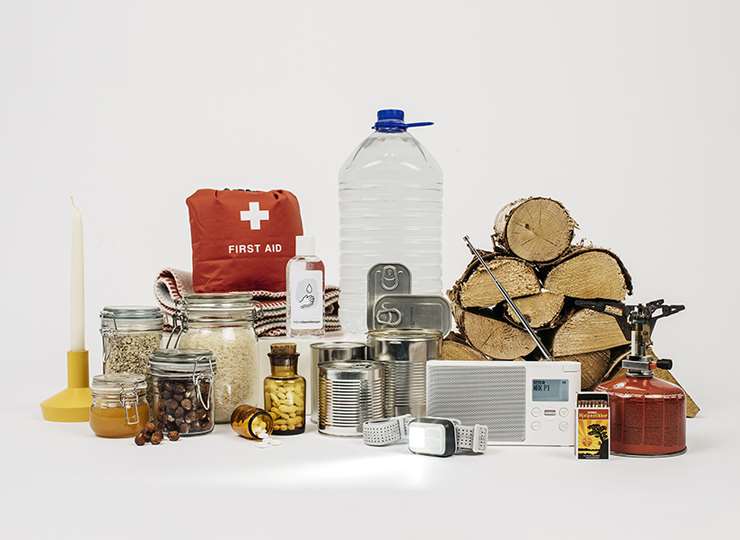
How to recognise fake news
Fake news often resembles real news. Here are some tips on how to recognise fake news.
What is fake news?
Fake news is a term that is used to describe news-like stories that often seem real, but that are in fact wholly or partly fabricated or that have omitted information in order to create a particular skew.
This kind of false information is usually spread with deliberate intent. For example, the purpose may be to make money, to swindle you, to influence your political views, or to cause confusion among the population.
The Norwegian Media Authority has compiled a number of tips on how to recognise fake news:
Does a story seem unlikely?
Be wary of catchy or shocking headlines. If it seems too strange to be true, it probably is.
Who’s behind it?
If you are in any doubt, check the source: both who wrote the story and the website it was published on (look at the URL). Fake news stories often have a URL that resembles a well-known news source, but is not identical.
Has the story been published elsewhere?
Real news spreads fast. It can be a good idea to check several sources to see if the story is true. Search for the story online to find out more. Be sceptical of remarkable stories that have not been reported on multiple sites.
Did the story make you feel angry?
Be extra wary of stories that arouse strong feelings. Most fake news is designed to trigger an immediate reaction, so that you comment or share the story.
Do you believe everything you see?
Remember that photographs can also lie. Fake news stories often use photographs from other events or websites, or manipulated images. Do an image search to find out where the picture came from.
Stop. Think. Check.
Visit the Norwegian Media Authority’s website to read more about fake news. Here you can also see concrete examples of stories that have been exposed as fake news and test your own ability to recognise fake news (only in Norwegian).
